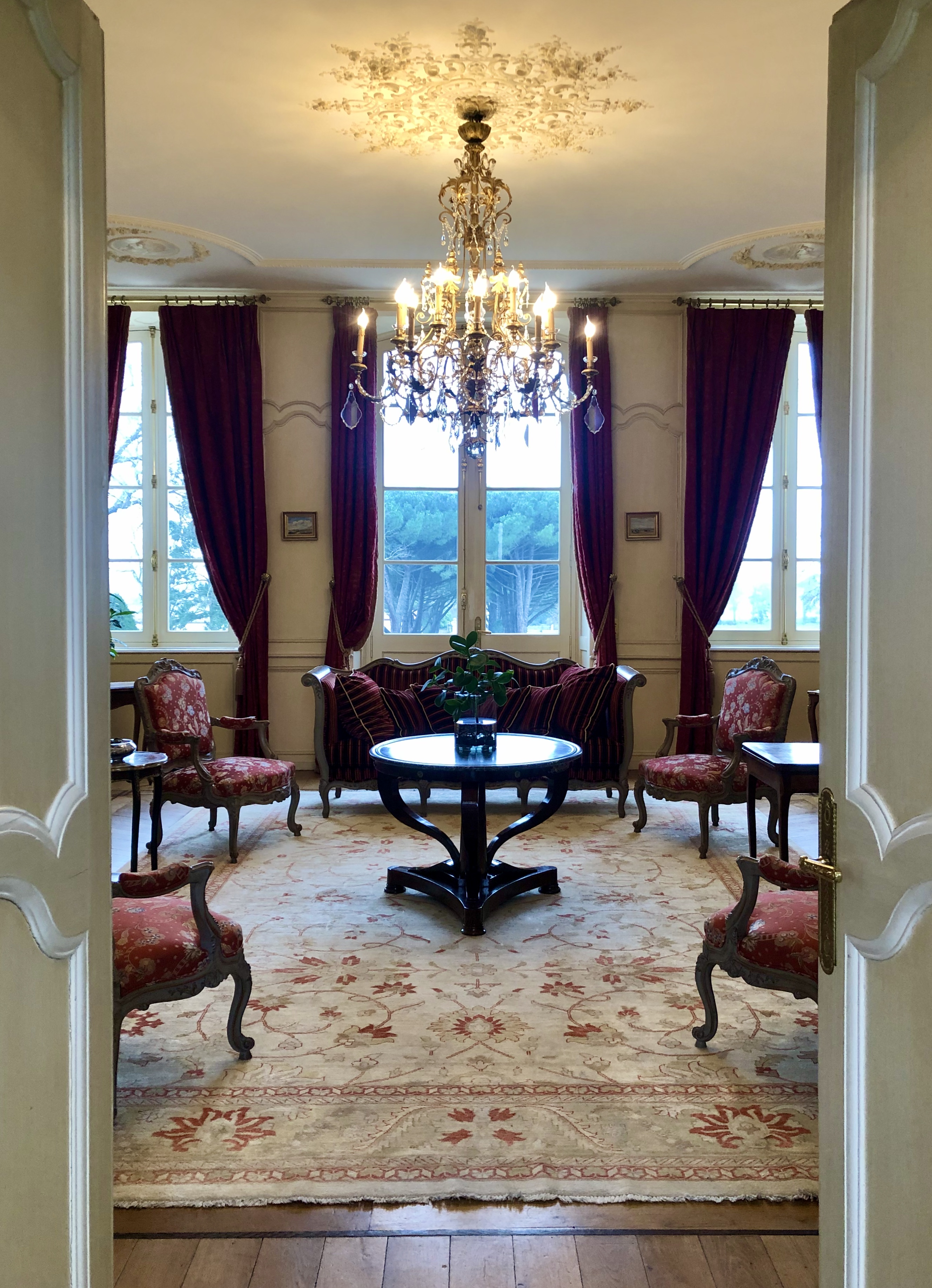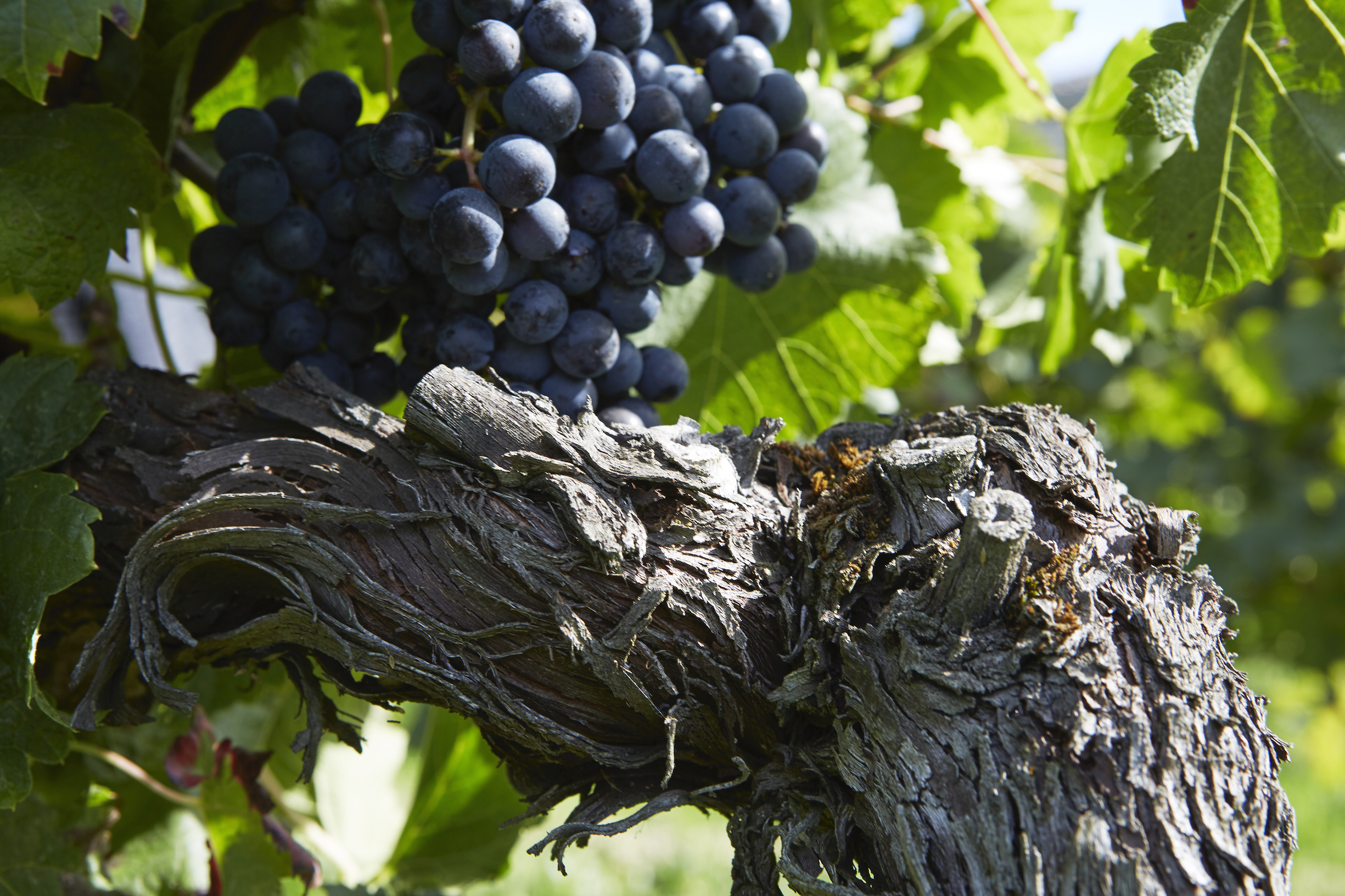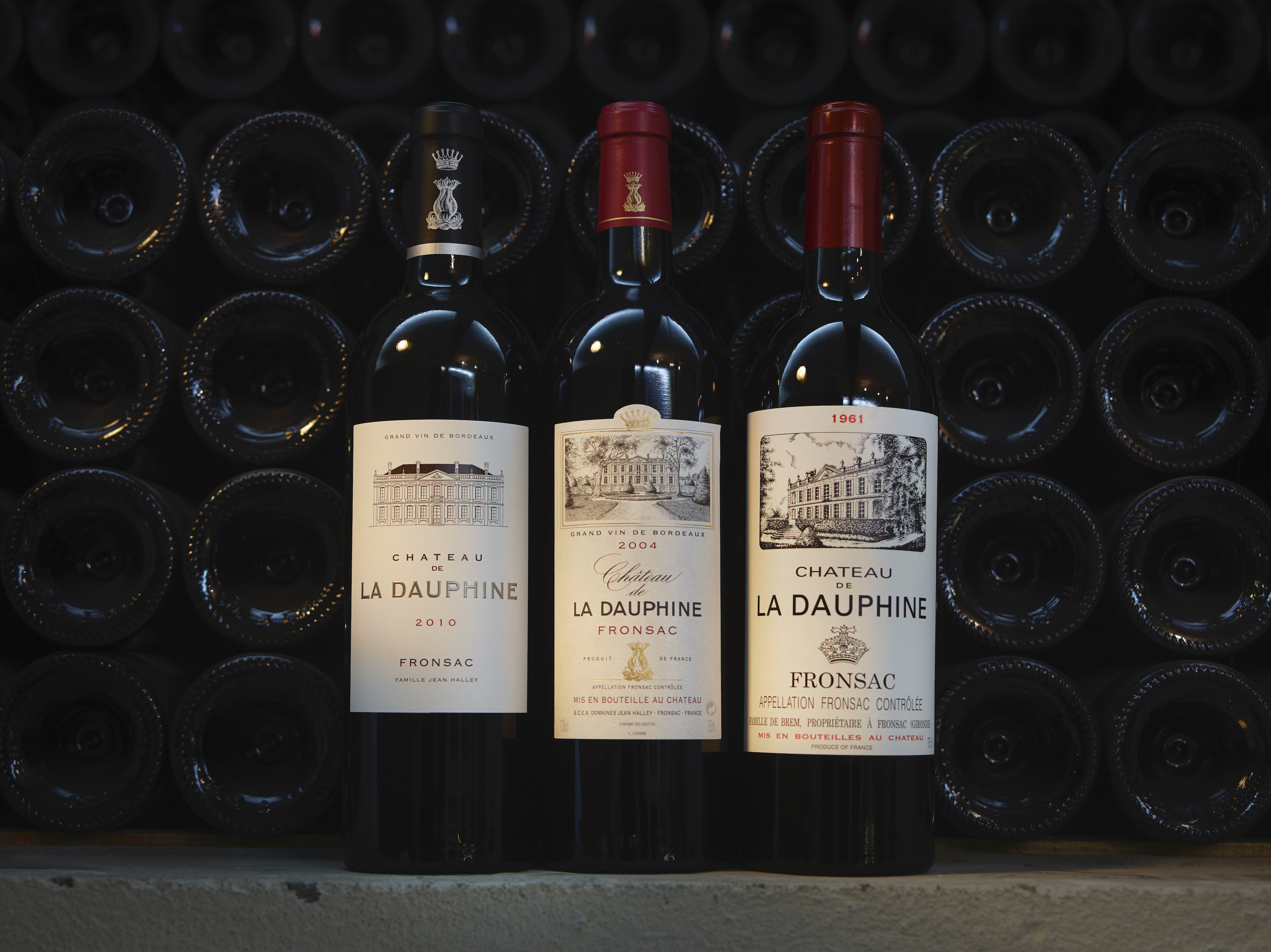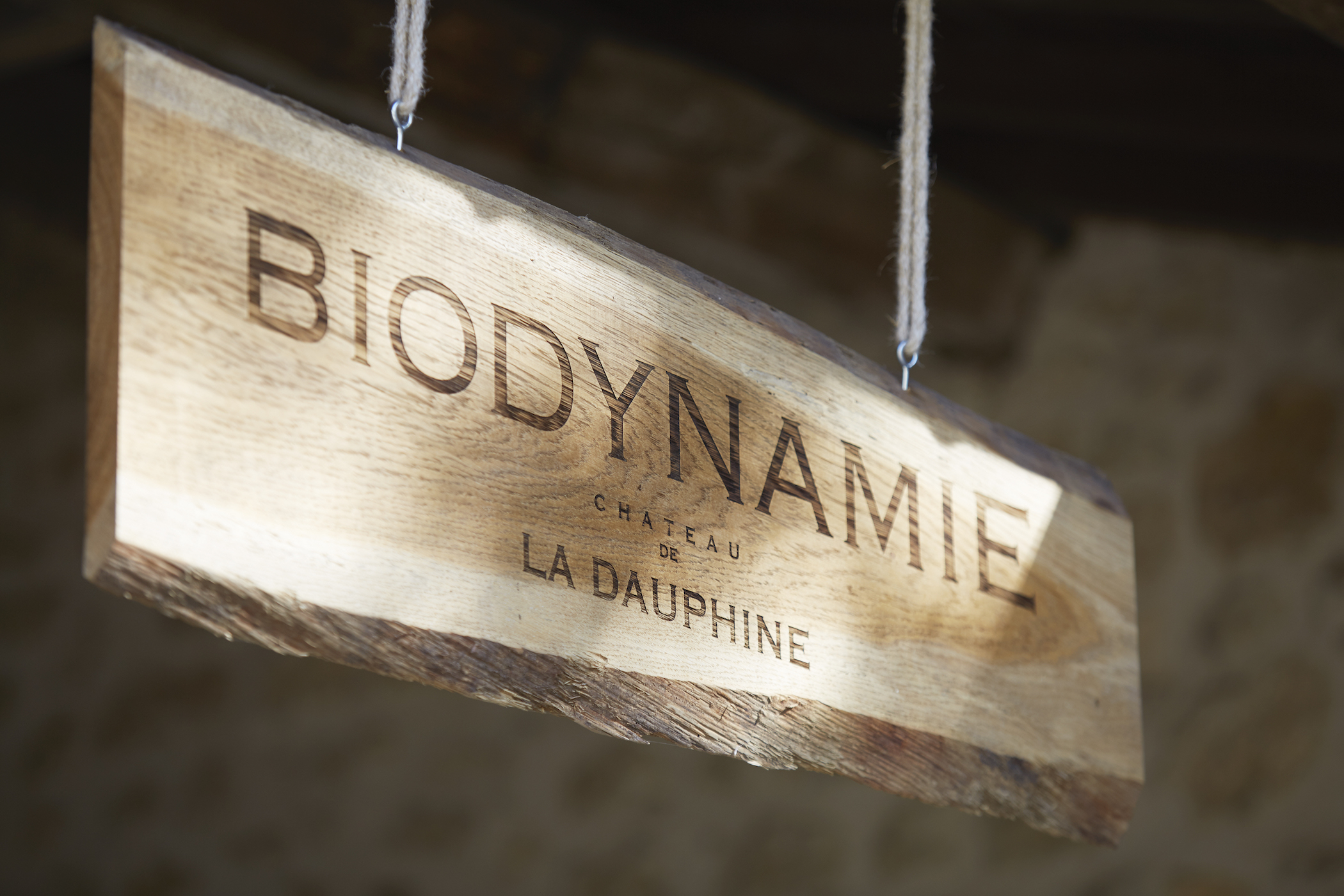Published the 01/24/2020 in The Cellar
In the somewhat overlooked appellation of Fronsac, on the northern banks of the Dordogne river, we find this month's gem Château de la Dauphine. A few kilometres from Pomerol this is a winemaker with high standards (organic and biodynamic philosophy) and a castle that shares its history with Versailles in Paris and the old royalties of France. Let us show you why this chateau is so special.
As its name suggests, Château de la Dauphine has a long history, intertwined with the history of France and its previous royalties. Dauphine was the title held by the wife of a heir to the French throne (future king) when France was still a monarchy. Here we are talking about Maria-Josepha of Saxony (Germany today) who took this title when she married Louis, son and heir of king Louis XV, in 1747.
So why did this chateau in Fronsac take her name? Well, Maria-Josepha (Dauphine of France) was a regular at Versailles in Paris and came in contact with the current owner of Château de la Dauphine there. When, in 1750, she took the trip down south and paid a visit to Fronsac and the chateau, the current owner decided to name the wine estate after her and made it Château de la Dauphine. The Dauphine loved the wines of the estate, claiming they were the only wines calming her stomach aches.

Maria-Josepha never became queen because her husband died young in tuberculosis, but the three last kings of France were her sons. Having housed such royalty in the past, the architecture at Château de la Dauphine is very Versailles-like with impressive artwork and typical grand salons.

Château de la Dauphine lies within the appellation of Fronsac. A somewhat overlooked appellation today, just a couple of kilometres down the Dordogne river from more-known Pomerol and Saint-Emilion on the right bank of Bordeaux. Back in the 1700s however, Fronsac produced some of the very best wines of France and therefore also the most expensive bottles. This inevitably drew the attention of the royals and high society in Paris which laid the foundation of the tightly knit history with Chateau de Versailles that we mentioned above.

From its positioning (close to Pomerol) you would expect see a lot of Merlot grapes in Fronsac, and that is also the case. At least 4 out of 5 grape vines in Fronsac are at the end of summer stacked with Merlot grapes. For balanced blends the remaining vines are either Cabernet Franc or Cabernet Sauvignon in an appellation that makes exclusively red wines. Similar style red wines are also produced in the neighbouring appellation of Canon Fronsac which lies between Fronsac and the Dordogne river.
Fronsac is a hilly appellation where many winemakers profit from south-facing slopes that give good sun exposure down towards the river. Around 100 winemakers operate in the area producing around 5 million bottles each year. The red wines from Fronsac are rich with smooth tannins and great ageing potential. Aromas of dark fruit, blackberry and plum stand out, often backed with oak flavours of vanilla and smokiness and leather as the wines age.

The wines of Château de la Dauphine are generally 90% Merlot and 10% Cabernet Franc, grown on about 50 hectares. Located on a hill, you can see the Dordogne river well from both the vineyards and the property. The dominance of Merlot in the blends give these wines smooth but present tannins. The wines are generally quite fruit-forward with notes of plum and raspberry. Ageing in barrels give the wines further complexity and clear oak and vanilla notes. The wines of Château de la Dauphine do well in your cellar and can easily be stuck away for a decade until they are fully matured.
We also love the fact that the vineyards of Château de la Dauphine are organically farmed with the organic certification achieved in 2015. Grapes are hand-harvested to protect the quality of each grape. The estate is also pushing into a biodynamic approach and is aiming to become more aligned with the nature around it. Several biodynamic philosophies are being applied to the fertilisation of the crops and every decision is cross-checked with moon phases (if you want to know more about what biodynamic and organic wines mean, check our last article).

This month's gem is on to discover for yourself. If not in person while visiting the Versailles-like castle or walking through the vines overlooking the river. Then at least by picking up a bottle, drinking it now or sticking it in your cellar, and either way enjoying a classic Bordeaux wine that is 100% sustainable and nature friendly.

Do not miss anything about Bordeaux and the region, sign up to our newsletter below!